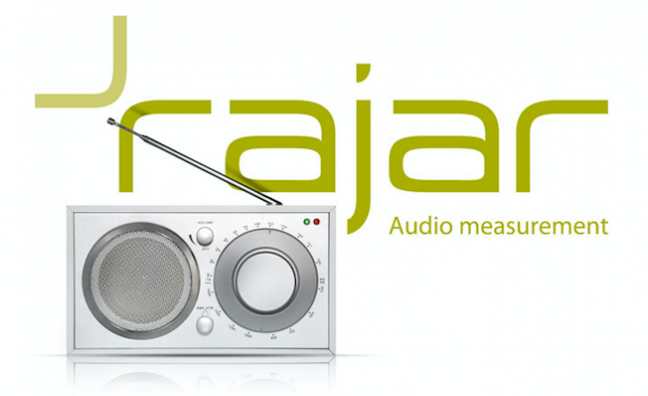Today is RAJARs day – but once again there’s no new listening data because of the Covid-19 pandemic.
While media groups have issued internal digital figures in recent months, the industry is missing out on official data at a time when the evidence suggests radio listening has been booming.
RAJAR has been unable to conduct its usual face-to-face interviews during the pandemic, so there’s been no new data since Q1.
“The ongoing Covid-related disruption has meant that a return to face-to-face fieldwork on a significant scale remains unviable,” said a statement.
“Since the original lockdown in March 2020, RAJAR has embarked on a programme to examine all possible alternatives to a solus face-to-face methodology. We have completed many tests to determine what can and cannot work to provide a sustainable and resilient measurement service. Plans are advanced for a return of service early in the New Year and further details will be announced in due course.”
Music Week understands there are now conversations between the industry and RAJAR about new methods of gathering data.
Since its launch in 1992, RAJAR (Radio Joint Audience Research) – jointly owned by the BBC and Radiocentre for the commercial sector – has reported radio audience figures based on listening diaries and face-to-face interviews. RAJAR’s data is crucial for media agencies to plan and buy advertising, as well as for the BBC to measure the effectiveness of its stations.
The Covid crisis now looks set to make RAJAR reform its working methods after almost three decades. At a time when digital dominates radio listening, handwritten records hark back to an era when album and single charts were still based on record shops manually totting up their sales each week.
“It's always important that the whole industry makes sure that we're up to date with consumer behaviour,” said Rebecca Frank, Kiss Network content director. “Obviously, the largely door-to-door method that RAJAR was using was inhibited by lockdown.
“We’ve now all got the mentality – we certainly do at Kiss –where things will never be the same again. So it's a massive pan-industry issue to crack. I think the creativity throughout adversity that's coming from the industry – from both content directors to research partners – is really good.”
It's a massive pan-industry issue to crack
Rebecca Frank
While RAJAR has prided itself on the accuracy and transparency of its system, the availability of internal digital figures from media groups opens up possibilities for the evolution of the measuring system.
“It's just creating new ideas to make sure that we are measuring everybody who's listening to radio in the right way that suits modern times,” said Frank. “So I think it's a great thing if this opens up new, exciting conversations that make sure radio stays relevant. It's always evolved, so it absolutely make sense that, through adversity, some new ways of measuring [listening] come out.”
Ben Cooper, newly appointed group director, content and music at Bauer Media, stressed that listening figures for commercial radio are “vital”.
“What is interesting is, does this break that we have because of Covid give us an opportunity to evolve the way that the radio industry measures itself?” said the former BBC Radio 1 controller. “So we can prove to advertisers and Music Week every three months [in our RAJAR analysis] that, actually, we’re doing brilliantly and we’ve got the audiences we believe we should be getting. This is an opportunity for RAJAR."
However, BBC Radio 1 controller (and former No.2 to Cooper) Aled Haydn Jones defended the rigour of the RAJAR process.
“RAJAR is one measurement, and whether we are doing well with RAJAR or not so well, it’s consistent,” said Haydn Jones. “It’s one measurement but it is a really important one. Because as much as we’re great at the digital data, having diaries and people talk about what they heard [on the radio] is an important thing.”
While he acknowledged the problems for RAJAR during the pandemic, Haydn Jones was wary of losing the rigour of the RAJAR process.
“It’s robust, there isn’t a better system than what we have with RAJAR, and it is important – albeit one measurement of many,” he said. “We shouldn’t modernise for the sake of modernising. If this is the most effective way of doing it then we should stick to the most effective way.”
Global declined to comment on RAJAR’s methodology.
Despite the lack of granular station audience data, RAJAR will release an update on its Listening in Lockdown report at the end of October. It will focus on UK listening behaviour between July and September 2020, covering general radio trends.
* To make sure you can access Music Week wherever you are, subscribe to our digital issue by clicking here.











